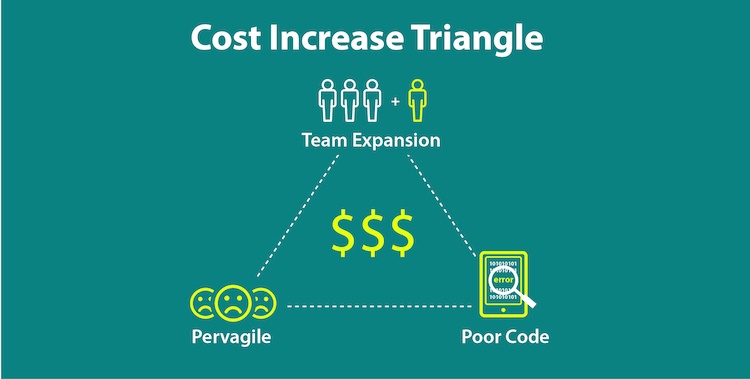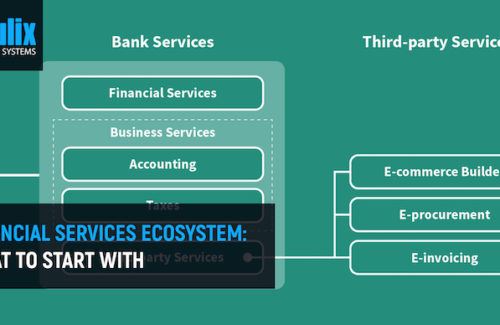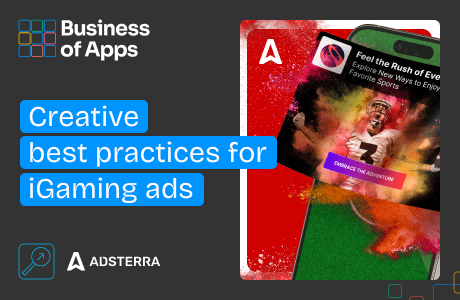Sometimes app development costs can be astonishingly high, like 700K and beyond. What one can do to minimize app development costs or avoid unnecessary expenditures? In this article, I’ll cover the aspects that can hinder or save your budget, based on my project management observations.
After being in charge of managing both basic apps and large-scale projects, I’ve accumulated some expert insights on the industry trends that I’m willing to share. My on-going project is a crowd-promotion platform operating on most “densely-populated” global social networks. Based on this highly reputable app, I’ll tell you how not to waste your money when building a truly outstanding product.
A reference project
As of today, on the Qulix System’s part, only one-third of a total project headcount engages on the platform delivery. The rest of the work is entrusted with the Client’s team, which, except for the devs, includes QAs, BAs, PMs, content managers and marketing experts.
Like in the case with any highly complex app, it took a while to go viral. After a core version was delivered, we took a break to attract investments in order to trigger further development. After an intensive marketing and fundraising campaign, another wave of development followed. This time we made a complete app redesigning, integrated API and, on top of that, added a bunch of ground-breaking features.
So, which tips I can share with you based on my experience as a team-lead and project manager?
Pervagile and its implications
If yours is a large-scale project targeting a wide and demanding audience, be ready for the challenges. Especially, when the app goes viral after the audience catches up with it. The more intensely the app grows, the higher the risks that something goes wrong, if you choose not to take a time-out and let the devs do their work properly and in no rush.
Unfortunately, in a client’s opinion, the quicker is often the better. And what can be quicker than Agile, which allows doing a lot in almost no time? That’s why when clients say they want “Agile practices”, it means they want the work to be done ASAP. As I see it, Agile is a great thing, but things can go west if the fundamentals of the methodology are corrupted, which is pretty common nowadays. Instead of focusing on people, clients tend to focus on multitasking and man-hours.
Agile does allow flexible planning and speedy delivery, but if applied in a wrong manner, it leads to people burning out. This is often an implication of a perverted Agile, or Pervagile. Thus, dynamic Agile delivery may cost a client too much: low commitment, lack of motivation and high level of stress at a workplace, which inevitably affects the results. Want better work results? Well, then you need happier employees, which prove to be more productive at work than their gloomy stressed-out colleagues.
Maintenance costs
Scrappy code written by unhappy developers contains multiple errors, which aren’t easy to fix even with a proper QA in place. Moreover, fixing one bug will inevitably lead to uncovering another one.
However, real “fun” begins at the maintenance stage, when the app is in production and the client starts receiving real-life feedback from the users. It can be a devastating experience for the support team if the app code wasn’t written diligently. Sometimes, after all the fixes and amendments a scrappy code requires, the total cost of the app maintenance is 4-5 times higher than the cost of the development.
Thus, the more you invest in a healthy code at the get-go, the more you save at the end of the day.
A new member on board
Okay, if hurry-skurry is under a ban, what about introducing a new team player to juice it up a bit?
Taking a new player can be a good idea if planned carefully, but it also has its risks. For example, if a client wants a new developer to start tomorrow, I’m hands down 100% convinced that it’s a huge mistake.
Firstly, because one can’t take a new team player onboard without an interview. That will eat up to 4 hours of the PM’s attention, which he/she otherwise could have spent finishing the app up. Second goes introducing a freshman to his/her workplace, teammates, task allocation and rescheduling. All of these will take up a full working day. Will the newcomer become a real asset to the project the next day? I doubt it. Generally, things start to run smoothly with a new member on board in a month or so.
Thus, an ill-planned team expansion will do more damage than good, in the end, as it distracts the team from task completion and makes them adjust to new work speed and a new set of tasks. Given that the commercial cost of a developer amounts to $5K/month at Qulix Systems, you can easily calculate how much even a one-day schedule disruption will cost you.
Nevertheless, planning team expansion in advance is quite a different thing. Like in my on-going project, monthly scheduling allows a PM to allocate the tasks clearly and introduce additional resources with no risks, as necessary.
Summing it up
Surely, an ambitious endeavor similar to the crowd-promotion platform that we’re delivering requires substantial efforts and resources. The marketing part is a whole different story, as no second round of development would have happened if it had all gone wrong.
However, marketing apart – what in general ensures the longevity of any project? These will be a healthy code, a mix of relevant and unique features and a user-friendly, eye-catching design. So, what your team may require to cope well with the above tasks? No rush, careful scheduling, step-by-step delivery. These will make a perfect mix to bake a perfect yummy app. As simple as that. Bon appetite!
If you are searching for a software vendor with noteworthy expertise in mobile app development, you can consider Qulix Systems as a trusted business partner and ask for a quote today.













